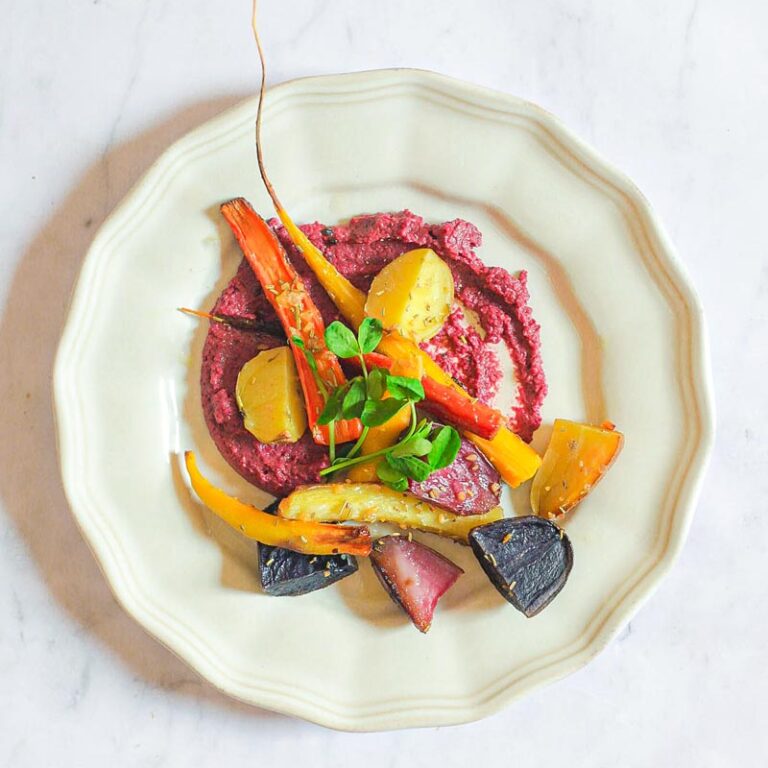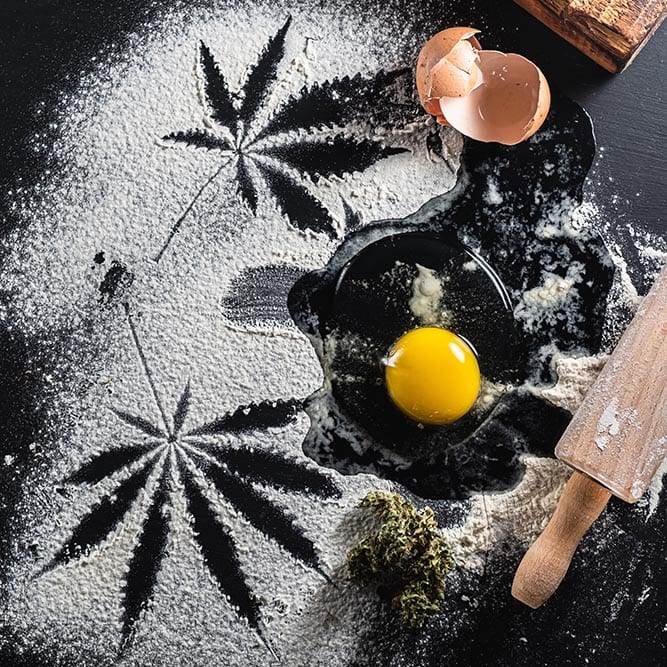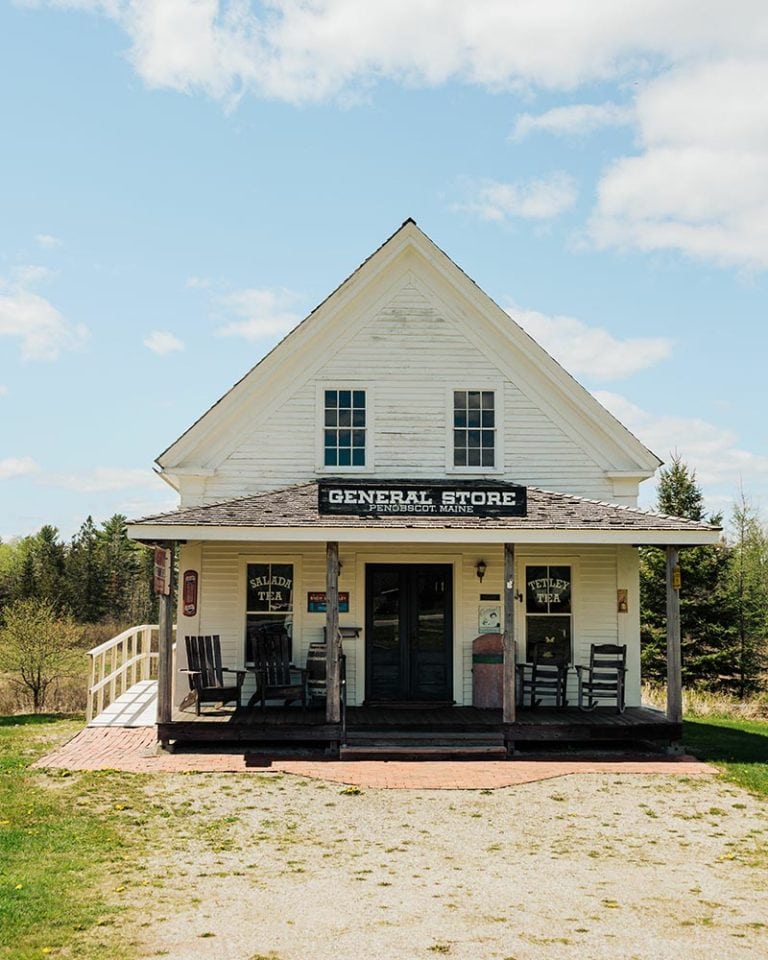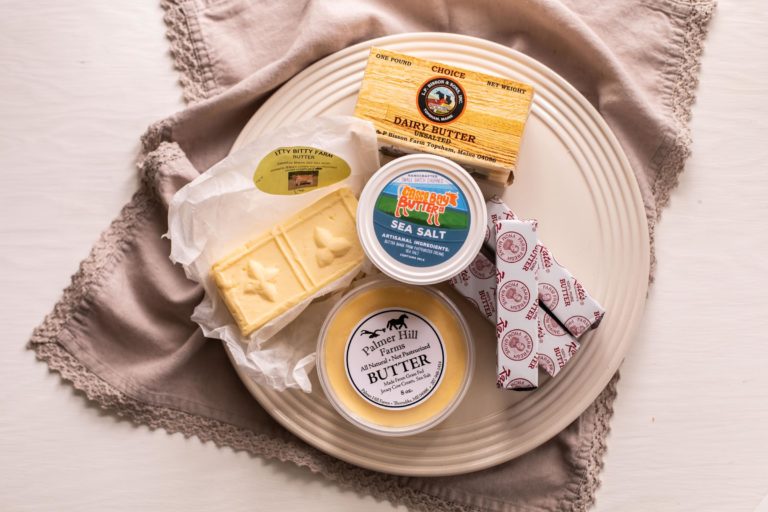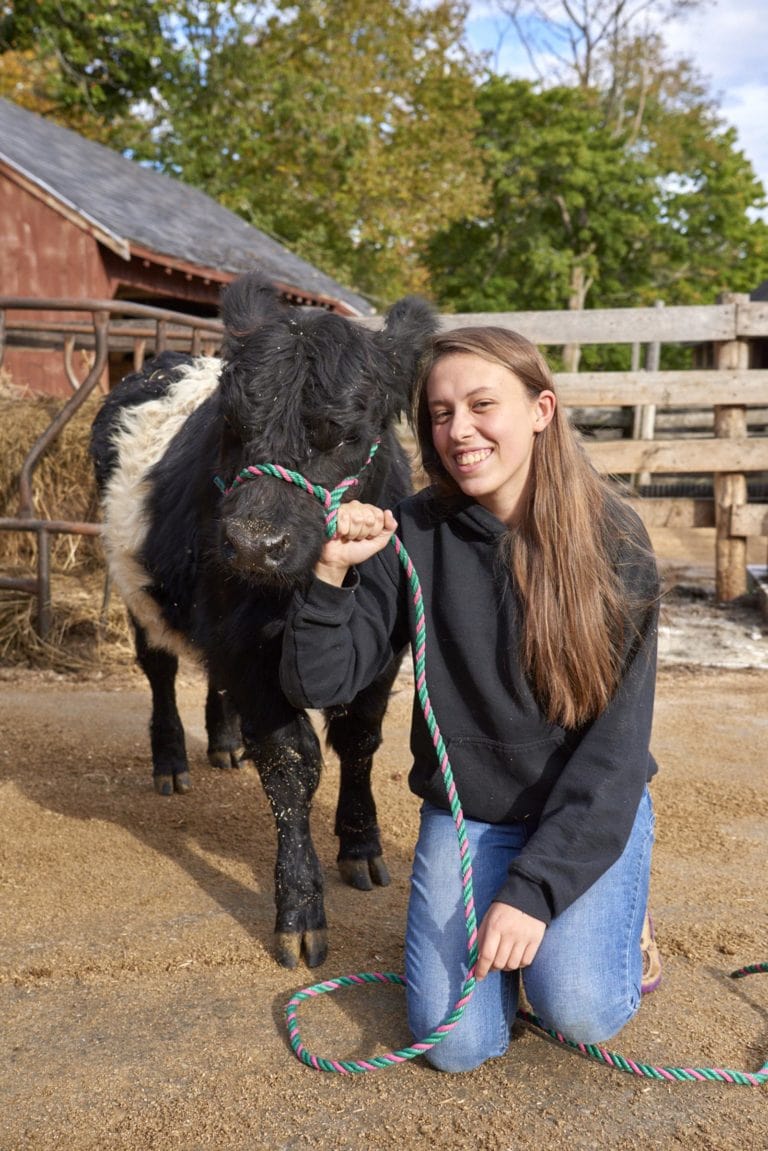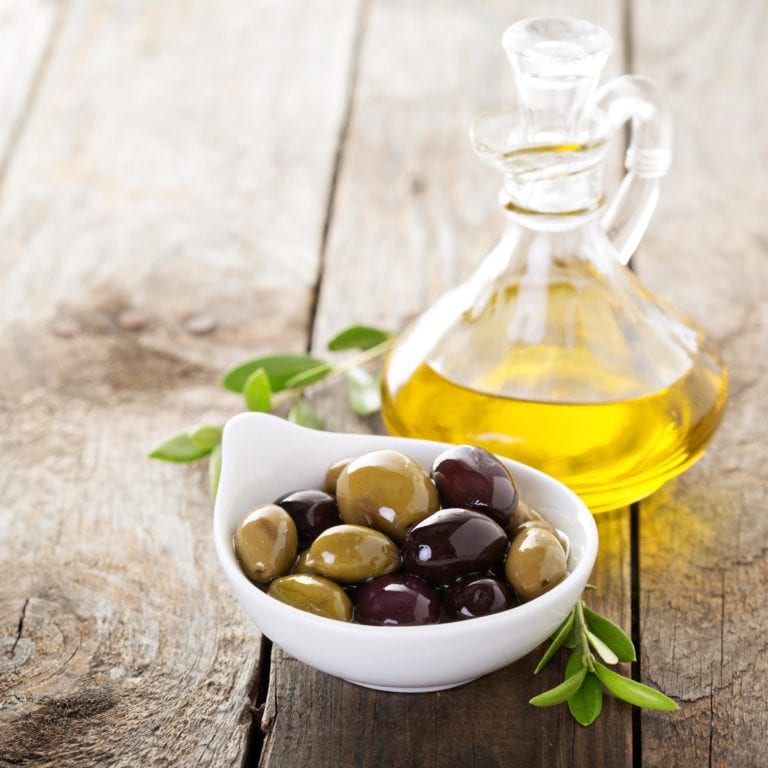Beneath the surface of Maine’s tumultuous seas, a transformation is underway. Our waters were once defined by our iconic state crustacean, the lobster. Now, Maine’s working waterfronts are evolving as aquaculture farms appear in the bays and climate change reshapes marine ecosystems. From oyster farms thriving in warming waters to kelp harvesters building sustainable food systems, Maine is becoming a living laboratory for how coastal communities can adapt to the changing rhythms of the sea—while reimagining what the future of ocean-based food might look like.
“The Gulf of Maine is warming faster than 99% of the world’s oceans,” explains Ben Martens, executive director for the Maine Coast Fishermen’s Association. “But it’s also one of the most productive ecosystems in the world, and it’s incredibly diverse in its habitat. So I do think that the Gulf of Maine has a lot of opportunity for resilience and that there’s going to be different species that are going to be potentially moving into these areas.”
The traditional Maine seafood dinner is ripe for change. Our first thoughts when considering Maine cuisine are lobster, shrimp, and cod. In 2024, Maine’s lobster harvest hit a 15-year low, and when the Maine Coast Fishermen’s Association attempted to open the shrimp fishery for the first time in a decade, fewer than a literal handful of shrimp were caught.
But the waters in the Gulf of Maine are still swimming with life.
“We as humans get into the habit of eating the same thing,” Martens says. “But that isn’t always the thing that fishermen are catching.”
For example, Maine’s cod fishery has been in decline. Some scientists warn that cod may soon disappear entirely from our waters. But plenty of other whitefish are thriving and coming up in fishermen’s nets in huge numbers. Unfortunately, they can be hard to sell to consumers who believe that cod or haddock are the only flaky whitefish appropriate for their recipes.
“What I always say,” explains Martens, “is go to the fish market and find out what came out of the water closest to where you live, and try it.”
Martens says that pollock, flounder, and hake are all good whitefish alternatives, but his favorite is cusk, whose pillowy white meat breaks into big flakes that taste similar to cod or haddock.
Most of these whitefish alternatives, as well as other aquatic creatures that seem to enjoy the warming gulf, are native to Maine’s waters. However, some species are here from away. Invasive species have been a problem on our coastline for hundreds of years. Most arrive in the ballast waters of ships from other parts of the world, and a few have expanded their ranges north as waters warm. Alongside new species of seaweed and the globular invertebrates known as tunicates, there are green crabs. These crustaceans will be familiar to anyone who has visited Maine’s oceans in recent years, as their numbers have exploded up and down our coast.
Keeping invasives under control can seem like an impossible struggle. They consume some of our native species, destroy habitats, and compete for resources. But creating an appetite for the culinary enjoyment of invasives may help to keep their numbers in check.
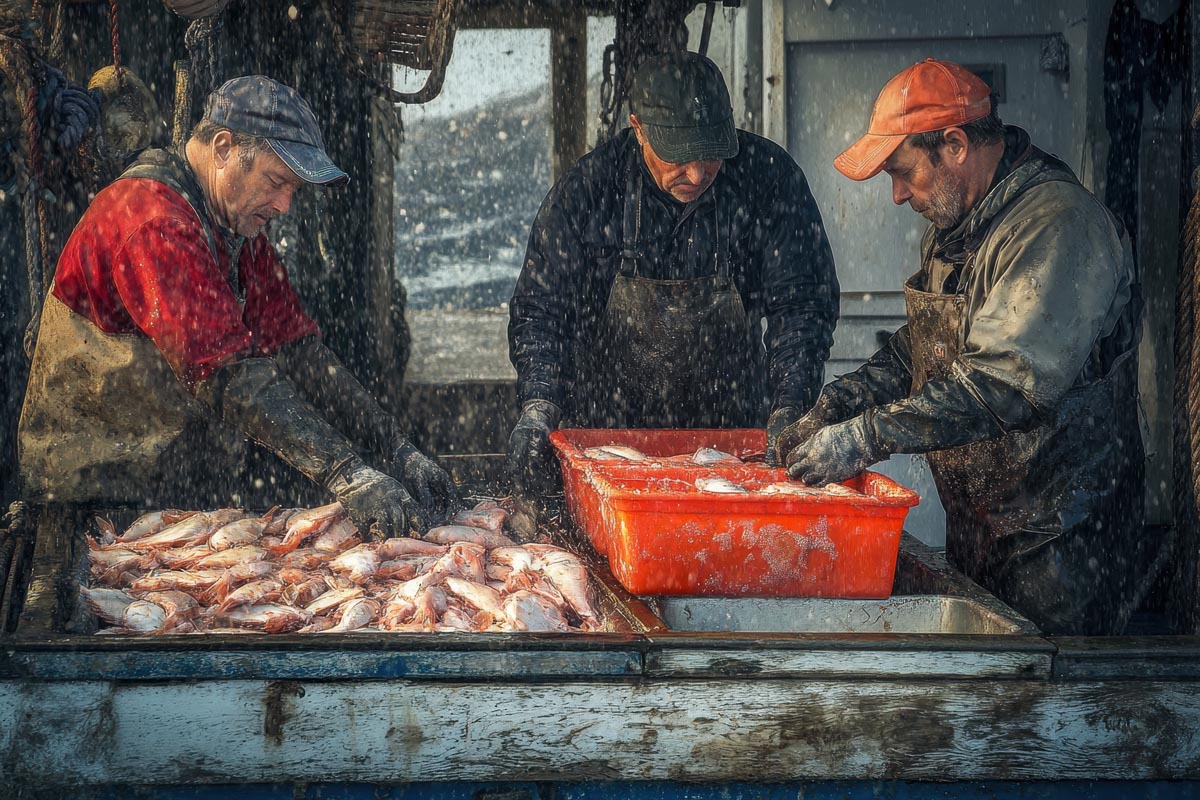
“We are trying to get people to eat them,” explains Evan Montellese of TideMinded, LLC, a seafood harvester in southern Maine who focuses on a “beating by eating” strategy to restore health to our marine ecosystems. “We have to get them used to the idea and educate them on what the crabs are. Awareness and exposure make people open to exploring what they can do to help out.”
Warming waters bring a steady onslaught of new species. Green crabs have been here for decades but have not presented major problems for native fisheries until recent years. Now, green crabs are under threat from blue crabs moving up from southern waters. Worse, blue crabs eat not only green crabs but also baby lobsters, presenting an additional challenge.
“I think they’re here to stay,” admits Montellese, talking generally about invasive tunicates, seaweeds, and fish species. “There isn’t really a way to eradicate them, so we have to adjust.”
Whether we are talking about invasive species or the fluctuation of native aquatic life due to warming ocean temperatures, updating our diets is the surest way to ensure healthy fisheries and healthy consumers.
“The carbon footprint of our seafood production is fractional compared to other sources of protein,” says Martens. “Seafood offers some of the best protein you can eat for your body and brain—no antibiotics or hormones.”
Martens’ organization is working with scientists and The Nature Conservancy in Maine on projects to monitor the warming of the Gulf of Maine and obtain exact data on what kinds of fish are out there and what we can feel responsible about consuming.
Tomorrow’s lobster dinner might actually be monkfish with green crab soup. But it’s safe to say that the Gulf of Maine will continue to provide its responsible stewards with delicious food.






